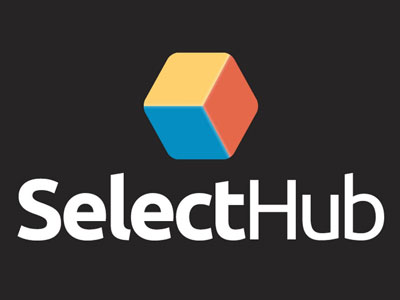ERP Implementation: Know the Plan, Process, Budgeting, Training and More
The implementation of ERP requires more planning and budgeting than a wedding. Just like marriage, without proper preparation and planning, it often ends in failure. Whether you’re an ERP software veteran upgrading your current system or a newcomer, it’s no question that the process is intense.
Fear not — this article walks you through the ins and outs of implementation, including steps to take, how to avoid failure and insights from industry thought leaders.
What is ERP Implementation?
An ERP system implementation is the process of gathering your business’ requirements, selecting software, choosing a deployment option, migrating data, training users, going live and managing support. These steps are required to integrate an ERP system with your organization’s practices.
An organization may want to implement an ERP system for a variety of reasons, such as streamlining operations, reducing manual labor, improving customer satisfaction or unionizing business processes. Some of the industries that use ERP software are retail, manufacturing, distribution, pharmaceutical, technology, aerospace and defense, hospitality, accounting and construction.
Budgeting
It’s time to confront the dreaded question: how much does an ERP cost? This solution can cost anywhere from a few hundred dollars to hundreds or thousands of dollars.
However, ERP implementation costs are famous for going over budget. To prevent going over-budget, When you arrive at a number you’re comfortable with, it’s wise to go a little bit higher. That’s because ERP implementations are at risk of a myriad of hidden or unforeseen costs, such as maintenance issues or overtime pay for employees.
Lisa Anderson, founder and president of LMA Consulting Group, expressed the importance of setting a healthy budget with SelectHub.
“Undoubtedly, 90% [or more] of ERP projects go over budget. I always warn clients of the assumptions that go into the ERP budget because it is the assumptions that change … We estimate at least 20% more conservatively than the most conservative estimate, and it is typically still challenging to stick to the budget.
The problem is whether the client is willing to accept what will occur upfront. Thus, we have the conservations upfront and recommend budgets but inevitably, if the client budgets less than recommended, they will call later with these concerns.
Beyond the scope of what the client thinks they will do versus the ERP supplier, the other items that pop up include additional time spent on data, reviewing design decisions (setups/ configurations for how they will work best to deliver key business requirements) and additional process support (aligning the people, process and systems).
Unfortunately, some clients do not think they can afford to invest in process support upfront; however, they end up investing more by not planning for this upfront. It is a tough situation because it is an expensive proposition; however, since it will dictate your business success for years to come, we recommend taking the conservative approach and invest additional upfront so that you are one of the select few to succeed.”
Take it from the experts: when it comes to your ERP implementation budget, you should hope for the best and plan for the worst.
Published in SelectHub on April 20, 2020



